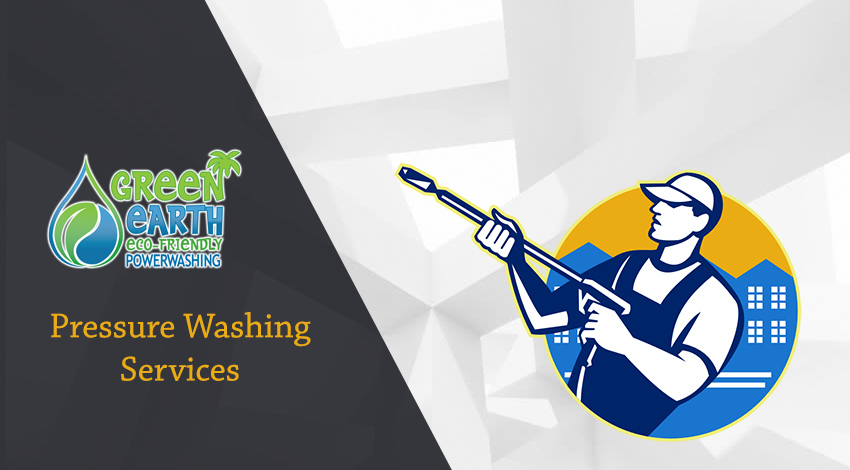Effective Methods for Graffiti Removal That Recover Surfaces to Their Initial State
The difficulty of graffiti removal is multifaceted, requiring an understanding of numerous graffiti kinds and the most effective strategies for reconstruction. From chemical remedies that satisfy particular paint make-ups to pressure washing methods that maintain the stability of surfaces, each approach has its advantages. Additionally, the increase of environmentally friendly alternatives provides an engaging case for environmentally aware practices in this field. As we explore these techniques, it comes to be important to take into consideration not just their efficacy yet likewise their broader implications on remediation initiatives and community looks. What methods will ultimately verify most reliable?
Comprehending Graffiti Kind
Recognizing the diverse types of graffiti is crucial for reliable removal methods. Graffiti can be extensively categorized into a number of types, each calling for different methods for elimination.
These items can cover more area and might require various removal strategies contrasted to tags. The elimination of murals provides unique challenges due to the potential for damage to the underlying surface area and the imaginative worth.
Understanding these differences is vital for selecting the right strategies and products for efficient graffiti removal. Each kind not just differs in its visual effect but also in the methods that will certainly be most efficient in bring back surface areas to their initial condition.
Chemical Elimination Approaches
When tackling graffiti removal, chemical approaches are usually one of the most reliable and reliable method for various surface areas. These techniques utilize specialized solutions created to break down the chemical bonds in graffiti, making it much easier to remove without harming the underlying material.

It is vital to choose a chemical cleaner that works with the surface area being dealt with to avoid damages. Evaluating the product on a tiny, low-profile area prior to prevalent application is recommended. Additionally, appropriate protective tools, such as gloves and masks, must be used to ensure safety and security during the elimination process.
Once the graffiti has actually been liquified, it is vital to completely wash the surface area to remove any chemical deposit, which can lead to discoloration or degradation with time (Graffiti Removal in Euclid). In Find Out More general, chemical elimination approaches provide a powerful remedy for bring back surface areas to their original state while decreasing potential damage
Stress Cleaning Techniques
While chemical removal techniques are very reliable, pressure washing provides an alternate strategy for graffiti elimination that can be equally efficient, particularly on long lasting surface areas. This approach utilizes high-pressure water jets to dislodge and remove graffiti from various materials, such as concrete, brick, and steel.
The efficiency of stress cleaning rest on numerous variables, consisting of the stress setup, nozzle kind, and the distance from which the water is applied. Commonly, a stress variety of 2,000 to 3,000 PSI is advised for most surfaces, but adjustments might be necessary depending on the substrate's level of sensitivity. Making use of a follower spray nozzle can help cover larger locations properly while decreasing the danger of damaging the underlying product.
Previous to pressure cleaning, it is vital to assess look here the graffiti's make-up. Generally, pressure cleaning is a powerful tool in the graffiti elimination toolbox.

Eco-Friendly Solutions
Lots of individuals and organizations are increasingly seeking eco-friendly solutions for graffiti elimination, identifying the relevance of minimizing environmental influence. Traditional graffiti elimination methods commonly involve extreme chemicals that can be damaging to both the setting and public health. In contrast, green solutions utilize non-toxic and eco-friendly materials that effectively remove graffiti without triggering damage to surface areas or releasing unsafe materials into the ambience.
One efficient strategy is using natural solvents, such as citrus-based cleansers, which harness the power of plant-derived ingredients to damage down paint without leaving harmful deposits. Furthermore, cooking soda and vinegar the original source combinations can function as mild abrasives that lift graffiti while being secure for the environment.
An additional innovative technique is employing green pressure washing systems that make use of less water and energy contrasted to standard techniques. These systems often integrate specialized nozzles and eco-conscious cleaning agents that enhance efficiency while reducing waste.
Preventative Procedures
Preventative actions play a vital duty in combating graffiti vandalism and lessening its event. By executing calculated strategies, homeowner and communities can prevent prospective culprits and lower the prices related to graffiti removal.
One efficient approach is using anti-graffiti finishes, which develop a safety layer on surfaces, making it difficult for paint to adhere. These finishings can be clear or colored, permitting the initial visual to remain intact while offering a protect against vandalism. Furthermore, the setup of surveillance cams in risky locations can function as a deterrent, as the visibility of monitoring technology may discourage potential offenders.
Community engagement is also vital; organizing area watch programs or graffiti clean-up occasions cultivates a feeling of possession and pride among residents. Educational initiatives in schools can elevate recognition concerning the unfavorable effects of graffiti, promoting respect for exclusive and public building.
Verdict
In verdict, the efficient elimination of graffiti requires a complex method that takes into consideration the type of graffiti and the surface area material. A detailed understanding of these methods is necessary for achieving ideal outcomes in graffiti removal ventures.
